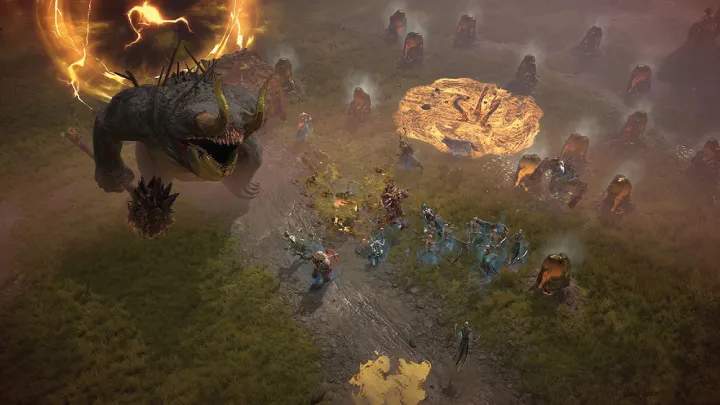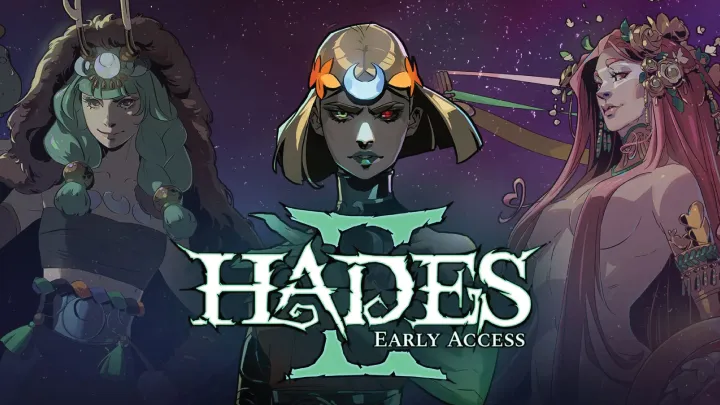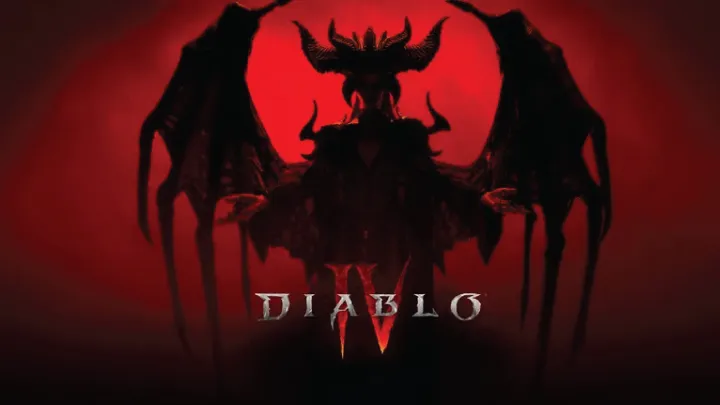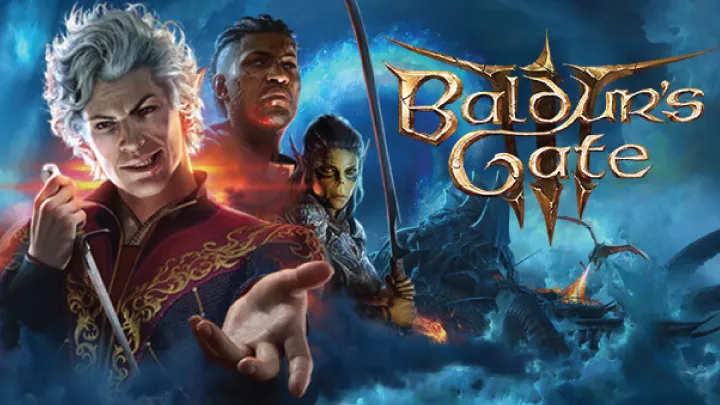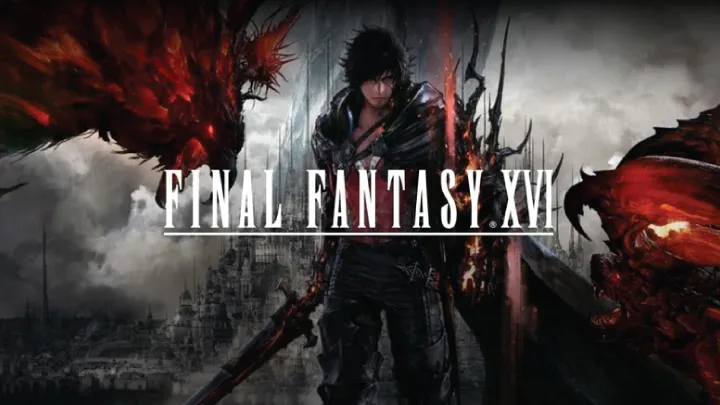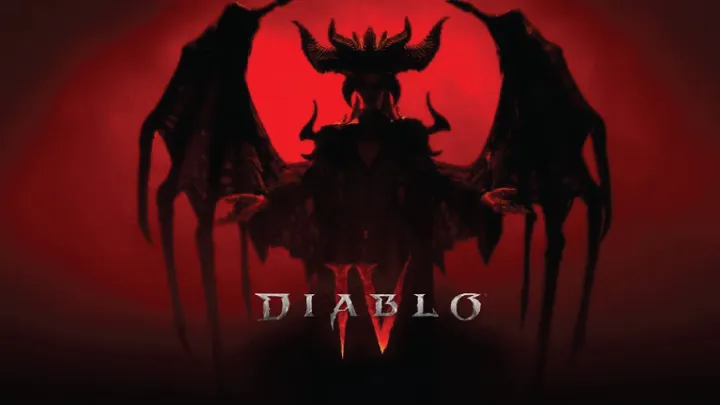 In the realm of action role-playing games, Diablo IV stands out not just for its engaging gameplay and stunning visuals, but for its deep exploration of complex themes such as trauma, redemption, and the cyclical nature of evil. As players traverse the dark and gritty world of Sanctuary, they encounter narratives that reflect their characters' struggles, not only against demonic forces but also against their own pasts. This article delves into the intricate ways Diablo IV addresses trauma and redemption through its characters, story arcs, and the overarching lore of the franchise.
In the realm of action role-playing games, Diablo IV stands out not just for its engaging gameplay and stunning visuals, but for its deep exploration of complex themes such as trauma, redemption, and the cyclical nature of evil. As players traverse the dark and gritty world of Sanctuary, they encounter narratives that reflect their characters' struggles, not only against demonic forces but also against their own pasts. This article delves into the intricate ways Diablo IV addresses trauma and redemption through its characters, story arcs, and the overarching lore of the franchise.
The Setting: A World Plagued by Darkness
Sanctuary, the world of Diablo IV, is a land steeped in history, marked by cycles of destruction and rebirth. The game returns to its roots with a darker aesthetic, reminiscent of the original Diablo. However, this darkness is not merely a backdrop; it serves as a catalyst for exploring deeper themes of trauma and redemption.
Historical Context of Sanctuary
The lore of Sanctuary is rich with tales of conflict and suffering. From the Eternal Conflict between angels and demons to the rise of the Prime Evils, the history of this world is filled with trauma that has left its mark on its inhabitants. Each character players encounter carries the weight of this history, making their personal journeys all the more poignant.
The Cycle of Evil
One of the central themes in Diablo IV is the cyclical nature of evil. Just as the Prime Evils return to wreak havoc, characters in the game often find themselves trapped in cycles of trauma, unable to escape the shadows of their past. This theme not only enhances the narrative depth but also resonates with players on a personal level, encouraging them to reflect on their own experiences with trauma and recovery.
The Protagonists: Heroes with Haunted Pasts
In Diablo IV, players can choose from five distinct classes, each with their own unique abilities and storylines. However, what binds these characters together is their shared struggle against both external and internal demons. Each protagonist embodies the theme of redemption, fighting not just for the world, but also for their own souls.
The Barbarian: Strength Born from Suffering
The Barbarian class exemplifies the theme of trauma through its rich narrative. As a fierce warrior, the Barbarian's strength is often seen as a direct result of personal loss and suffering. Their backstory typically involves familial loss due to demonic incursions, which fuels their quest for vengeance and redemption.
The Journey of Healing
The Barbarian's journey highlights the importance of healing from trauma. As players progress, they encounter opportunities to confront their past, leading to moments of introspection that enhance their character's growth. This arc serves as a powerful reminder that true strength often comes from acknowledging and overcoming one's pain.
The Sorceress: Harnessing Pain into Power
The Sorceress class presents a different, yet equally compelling narrative. With a history marked by tragedy and betrayal, the Sorceress utilizes her magic as both a weapon and a shield against her past. Her journey is one of empowerment, transforming pain into a source of strength.
The Duality of Power
This class's narrative arc illustrates the duality of power: the ability to harness one's pain for good, but also the risk of being consumed by it. Players witness the Sorceress struggle with her identity, grappling with the fear that her powers may ultimately lead to her downfall. This internal conflict enhances the emotional stakes of the game, inviting players to consider the fine line between empowerment and destruction.
The Impact of Companions: Shared Trauma and Growth
Throughout Diablo IV, players encounter a diverse cast of companions, each with their own traumas and redemption arcs. These relationships add depth to the narrative, emphasizing the importance of connection in healing from personal struggles.
The Rogue: A Path Forged in Betrayal
The Rogue character embodies betrayal and mistrust, having endured significant trauma from both demons and fellow humans. Their backstory often involves a betrayal that shapes their worldview, leading them to walk a fine line between vengeance and redemption.
Building Trust
As players advance through the game, the Rogue’s journey highlights the challenges of building trust after betrayal. The character's interactions with the protagonist can lead to moments of vulnerability where they confront their past, ultimately showcasing the potential for redemption through connection. This relationship serves as a poignant reminder that healing often requires the support of others.
The Lore of Lilith: A Mother of Darkness
At the heart of Diablo IV lies the character of Lilith, the daughter of Mephisto and the embodiment of both darkness and maternal power. Lilith's narrative arc is intertwined with themes of trauma and redemption, serving as both an antagonist and a tragic figure.
The Tragic Figure of Lilith
Lilith's backstory reveals her own trauma, having been exiled from the High Heavens and seeking to reclaim her place in the world. Her motivations are not purely evil; instead, they stem from a desire to create a world where she can thrive, even if it means embracing darkness. This complexity adds depth to her character, making players question the nature of good and evil.
Redemption Through Creation
As players encounter Lilith, they are faced with moral dilemmas that challenge their perceptions. Lilith represents the idea that redemption can manifest in various forms, even through actions that may seem monstrous. Her story prompts players to consider whether true redemption is achievable, or if it remains an elusive goal shrouded in darkness.
The Sanctuary as a Reflection of Trauma
The world of Sanctuary itself serves as a reflection of the traumas experienced by its inhabitants. The environments players explore are laden with history, echoing the pain of past events that have shaped the present.
Environments of Despair
From haunted ruins to desolate landscapes, the environments in Diablo IV evoke a sense of despair and loss. Players encounter remnants of failed civilizations and the scars left by countless battles, reminding them of the cyclical nature of violence and suffering.
The Role of Environmental Storytelling
This environmental storytelling enhances the immersive experience, inviting players to reflect on the broader implications of trauma. As they navigate through these spaces, players are encouraged to confront the ghosts of Sanctuary's past, adding layers of meaning to their journey.
The Cycle of Evil: Trauma Revisited
One of the most profound themes in Diablo IV is the cyclical nature of evil, which mirrors the cycles of trauma that individuals face. Throughout the game, players witness the resurgence of demonic forces, each time more potent than before.
The Rebirth of Darkness
The recurring nature of evil in Sanctuary highlights the idea that trauma is not simply something to be overcome; it can also be a cycle that repeats itself if not addressed. This theme resonates with players, as it reflects the realities of personal struggles that can re-emerge over time.
Breaking the Cycle
As players progress through the game, they are given opportunities to confront their own traumas and the traumas of the world around them. This process becomes a metaphor for breaking the cycle of evil, offering a hopeful perspective that healing and redemption are possible.
The Player’s Role: Agency in Redemption
In Diablo IV, players are not merely passive observers; they are active participants in the narrative of trauma and redemption. The choices they make throughout the game have real consequences for both their characters and the world of Sanctuary.
The Power of Choice
Players are often faced with morally ambiguous decisions that test their values. These choices can lead to different outcomes, influencing the narrative and the fate of characters. The impact of these decisions reinforces the theme that redemption is not a singular path but a journey shaped by individual agency.
Personal Reflection
The game encourages players to reflect on their choices and the motivations behind them. By engaging with the themes of trauma and redemption, players are prompted to consider their own experiences, making the gameplay experience deeply personal and resonant.
Conclusion: Finding Light in the Darkness
Diablo IV offers a compelling exploration of trauma and redemption, weaving these themes into the fabric of its narrative, characters, and world. As players navigate the dark landscapes of Sanctuary, they encounter stories that reflect the complexities of human experience—struggles with loss, the quest for healing, and the cyclical nature of evil. Through its rich storytelling and character development, Diablo IV invites players to confront their own traumas while offering a glimmer of hope for redemption. In a world filled with darkness, the game serves as a powerful reminder that light can emerge even from the deepest shadows.
